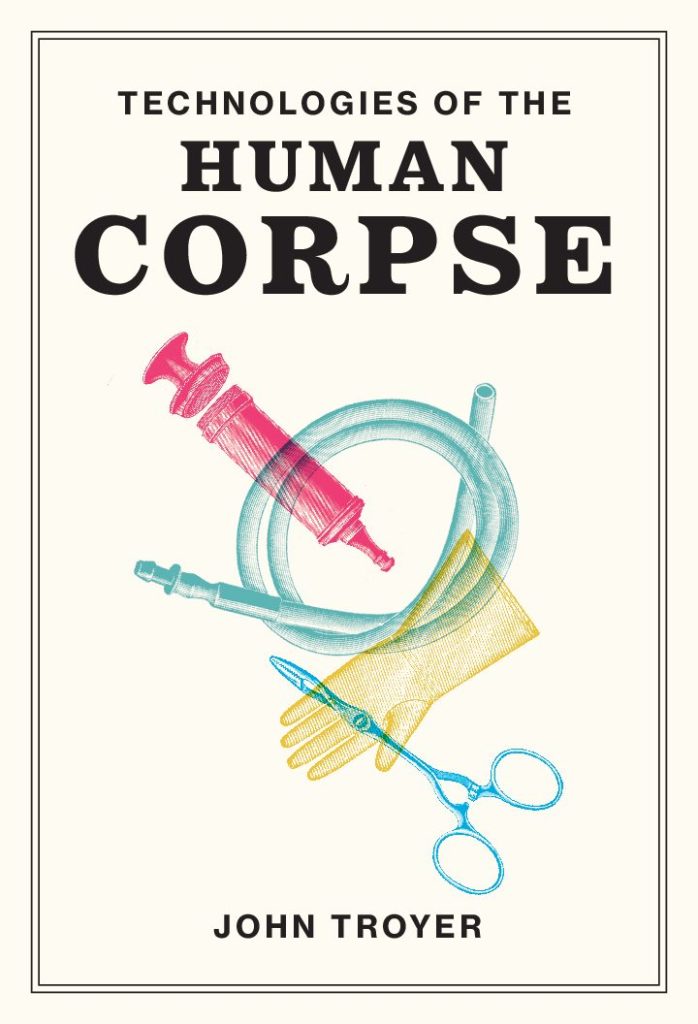
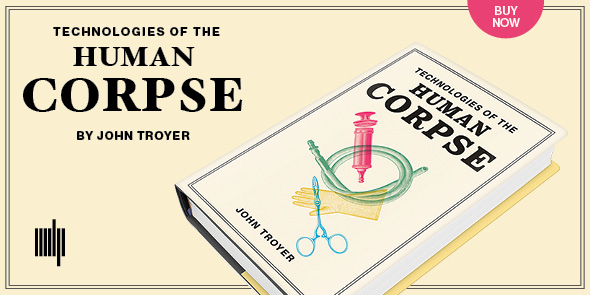
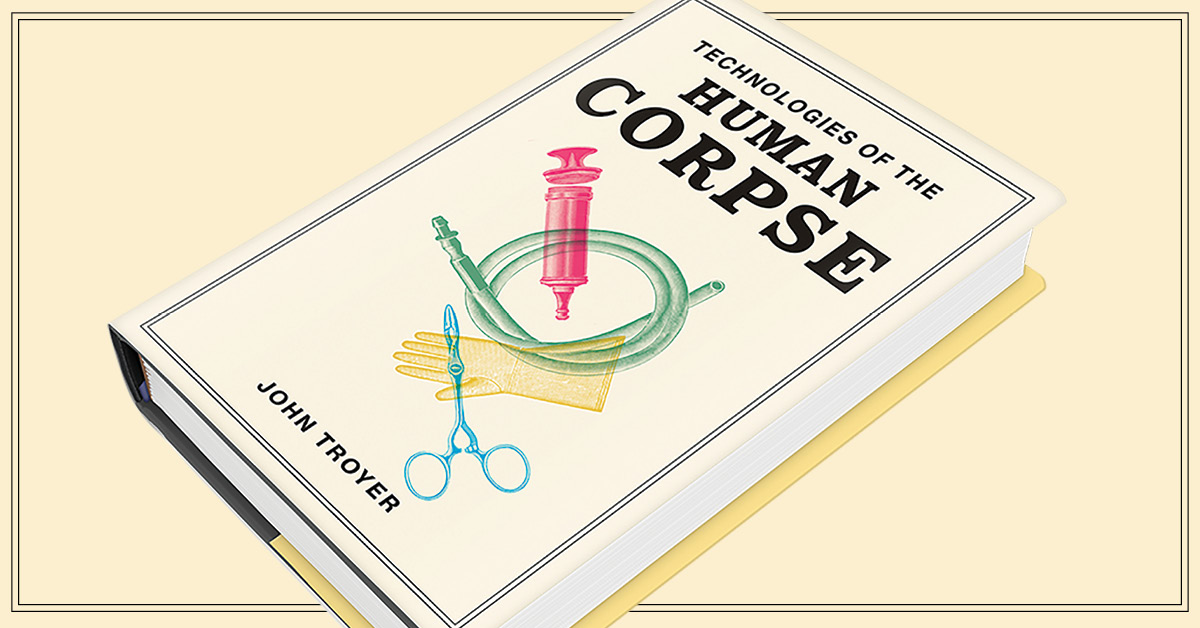


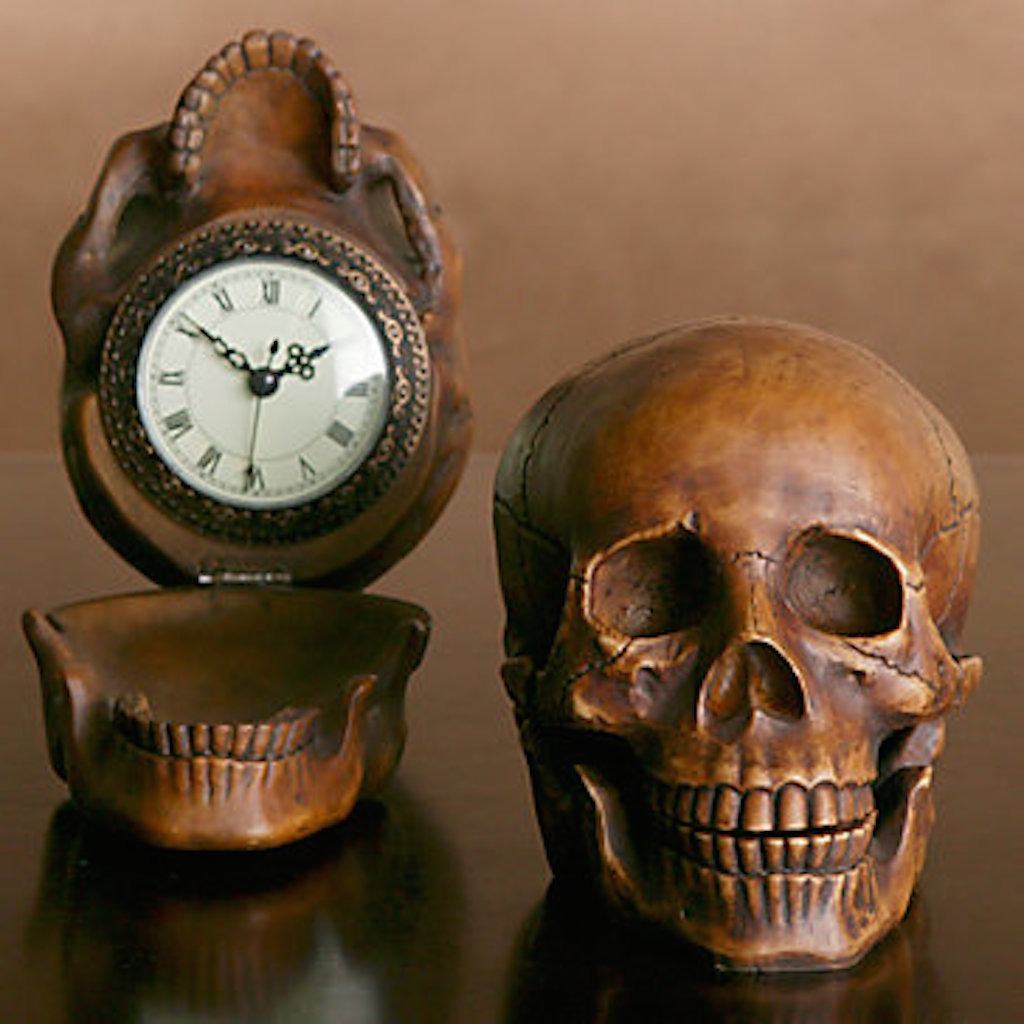
2016 will very likely be remembered as the year of the Dead Celebrity. Prince was certainly a tough death for Death Ref.
And yet, a plethora of other articles and radio programmes on diverse death topics also appeared in 2016. This is not to belittle everything written about Dead Celebrities, but we here at the Death Reference Desk want to highlight some of the year’s most compelling pieces on non-celebrity death, dying, and dead bodies.
Death Ref started running a year end feature last year. As with the 2015 list, many of the 2016 pieces came from the New York Times, which continues to produce really good essays and articles on human mortality.
Collecting the 2016 material was a bit more systematic than last year. Throughout 2016 articles were placed in a folder that was then reviewed. By today, December 31, 2016, there were over forty different items in that folder.
What follows below is a sampling of those essays, articles, and radio stories.
It was good to see so many articles in 2016 about the legacy of AIDS and the political movements that formed around the Epidemic in the 1980s and 1990s. A couple of pieces towards the bottom of the 2016 list highlighted this forgotten, but crucial history. Death Ref also recommends that everyone signs-up for the BBC Radio 4 We Need To Talk About Death podcast. The shows started at the end of 2016 and will continue into 2017. Finally, we were saddened to learn that our good friends at the Morbid Anatomy Museum closed its doors in December. Death Ref John was the MAM’s Scholar in Residence in 2014 and you can read his essay about the Morbid Anatomy Museum here.
As with last year, that’s it for 2016. The Death Reference Desk (Meg, Kim, and John) all look forward to 2017 and what will most certainly be an unpredictable year for death.
For Martin Luther King’s Birthday, Black Leaders as Obituaries Portrayed Them
by Sam Roberts, New York Times (January 18, 2016)
To commemorate the birthday of the Rev. Dr. Martin Luther King Jr. — he would have been 87 — in advance of Black History Month in February, The New York Times culled its historical obituary files for a retrospective on how he and other prominent black Americans were regarded at their deaths.
Death Predicts if People Vote for Donald Trump
by Jeff Guo, Washington Post (March 04, 2016)
It seems that Donald Trump performed the best in places where middle-aged whites are dying the fastest.
Why Slaves’ Graves Matter
by Sandra Arnold, New York Times (April 02, 2016)
Those who lived through slavery were human beings, not abstractions.
When Your Mother’s Death Is Kept Secret From You
by Alexa Tsoulis-Reay, Science of Us (May 25, 2016)
The reverberating effects of hiding the truth.
Alton Sterling and When Black Lives Stop Mattering
by Roxanne Gay, New York Times (July 06, 2016)
Tiny cameras allow us to bear witness to injustice. What does that change?
Solving All the Wrong Problems
by Allison Arieff, New York Times (July 09, 2016)
Do we really need an app that lets us brew our coffee from anywhere?
‘Transfesto’ Launches to Tackle Transgender Discrimination After Death
by Jenny Marc, The Independent (June 30, 2016)
In 2016 researchers and activists in London released a ‘transfesto’, calling for greater awareness of issues faced by transgender, non-binary and gender nonconforming people after they die. The manifesto calls on the funeral industry to develop more trans-friendly practices and for official death-related paperwork to be more trans-inclusive. It also outlines plans to make trans-specific legal information more easily accessible.
THIRD human foot found in Bath, England
by Amanda Cameron, Bath Chronicle (August 05, 2016)
Another human foot has been discovered in Bath….(NB: Death Ref John lives in Bath and can’t get enough of these severed feet stories)
10 of the World’s Most Iconic Cemeteries, Mausoleums, and Crematoriums
by Demie Kim, Artsy (August 09, 2016)
Though we may think of cemeteries as transporting us to the past to remember and honor our loved ones, they have historically been spaces of innovation and reinvention in art, architecture, and design.
Death & The Maidens: Why Women are Working with Death
by Sarah Troop, Death and the Maiden (August 15, 2016)
Death & the Maiden’s co-founder, Sarah Troop, delves into the reasons underlying the current interest many women seem to have with death, and the rise of the Death Positive movement.
Playing God
by Radiolab (August 21, 2016)
When people are dying and you can only save some, how do you choose? Maybe you save the youngest. Or the sickest. Maybe you even just put all the names in a hat and pick at random. Would your answer change if a sick person was standing right in front of you?
On Assisted Suicide, Going Beyond ‘Do No Harm’
by Dr. Haider Javed Warraich, New York Times (November 04, 2016)
Fewer people experience a “natural death” anymore. Doctors should rethink their opposition to right-to-die laws.
LGBTQ Activist Cleve Jones: ‘I’m Well Aware How Fragile Life Is’
Terry Gross radio interview on Fresh Air (November 29, 2016)
Jones became an activist after Harvey Milk’s assassination, and he lost countless friends to the AIDS epidemic. He says, “There are some days when it is so painful that I really can barely function.”
The Reinvention of Radical Protest: Life on the Frontline of the AIDS Epidemic
by David France, The Guardian Long Read (November 29, 2016)
As reports of a mysterious plague swept through the gay community in the 1980s, activists developed shock tactics to get the support they desperately needed.
America Is Failing the Bad-Break Test and People Are Dying
by Jesse Singal, Science of Us (December 09, 2016)
The United States likes to view itself as a singular force of prosperity and opportunity, but by many public-health metrics — including infant mortality and preventable deaths and a variety of others — it doesn’t look like a top-tier world power.
The Rooms they Left Behind
by Mitch Epstein, New York Times Magazine (December 21, 2016)
After the deaths of these 10 notable people, The New York Times photographed their private spaces — as they left them.
We Need to Talk About Death
with Joan Bakewell, BBC Radio 4 (Ongoing Series started in December 2016 — download the Podcasts)
Joan Bakewell and her panel discuss death and dying, exploring the choices open to us and confronting the questions we fear the most.
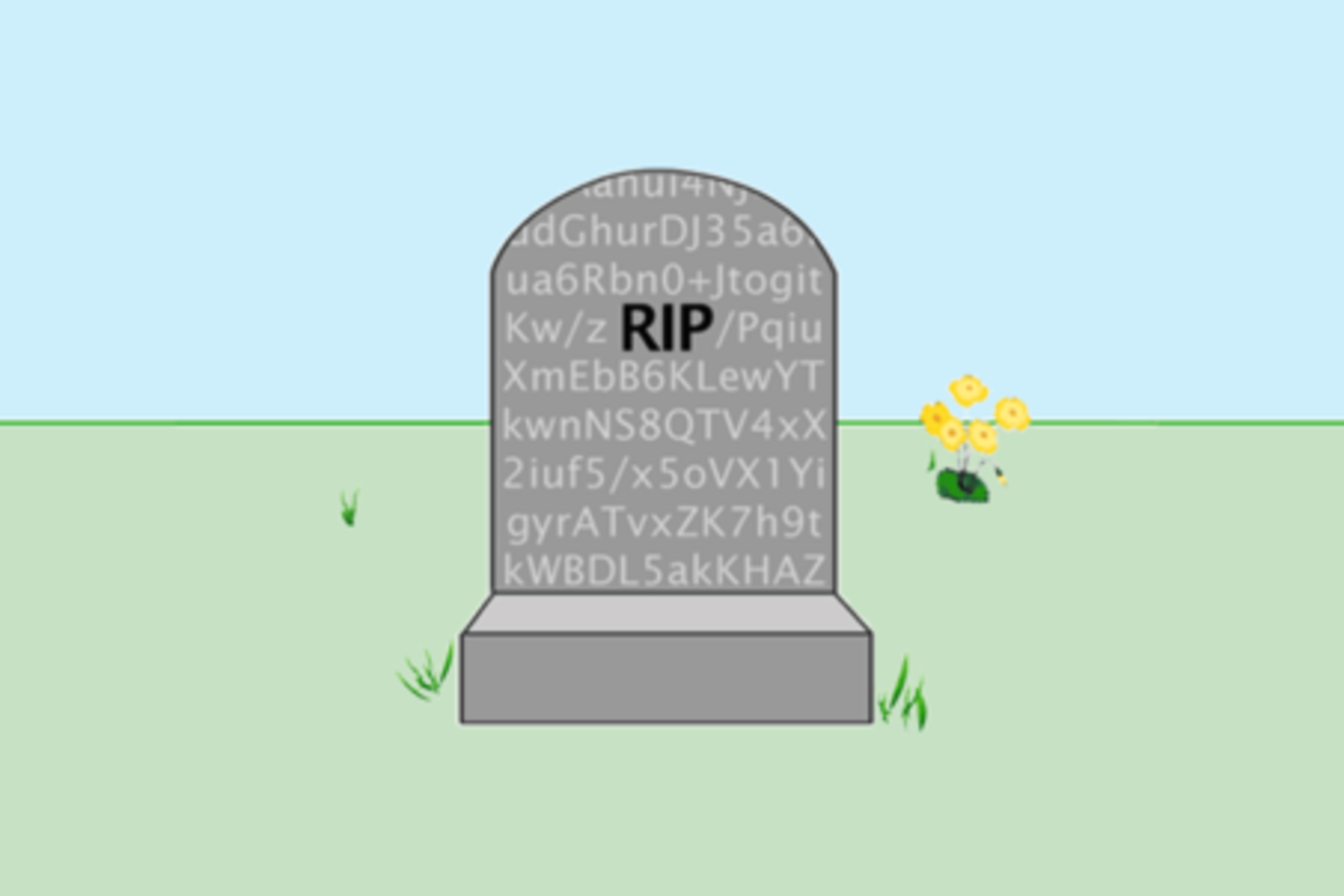
Everybody Dies: What Is Your Digital Legacy?
SxSW 2016 Panel with Alethea Lange, Dr. John Troyer (from Death Ref!), Megan Yip, and Vanessa Callison-Burch
Friday, March 11, 2016 @ 5pm
Austin Convention Center
Room 8ABC
Death Ref John will be at the South-by-Southwest 2016 Interactive conference on Friday, March 11 to discuss digital technology and legacy issues. He’s speaking with a really dynamic group, all of whom represent different angles on the Death and Digital Technology world:
Alethea Lange (@AletheaLange)
Policy Analyst, Center for Democracy & Technology
Megan Yip (@MeganYip)
Lawyer, Law Office of Megan Yip
Vanessa Callison-Burch (@vcb)
Product Manager for Memorialisation, Facebook
And here’s what they will all be discussing:
“In this world nothing can be said to be certain, except death and taxes.” Ben Franklin’s quote has survived because he was a famous man in his time. But haven’t you said some clever things in your time? Maybe even Tweeted them? Technology has democratized history–no longer are only the lives of the rich and famous carefully preserved, now most of us have exhaustive records of our lives in our emails, chats, social media posts, and digital photos. States across the country are updating their estate laws to reflect this new reality, but the right answers aren’t obvious. Should your emails be passed along? Should your online presence die with you? How do you want to be remembered?
You can send the panel questions by using this hashtag: #techlegacy
Death and the Internet. It’s kind of a big deal.
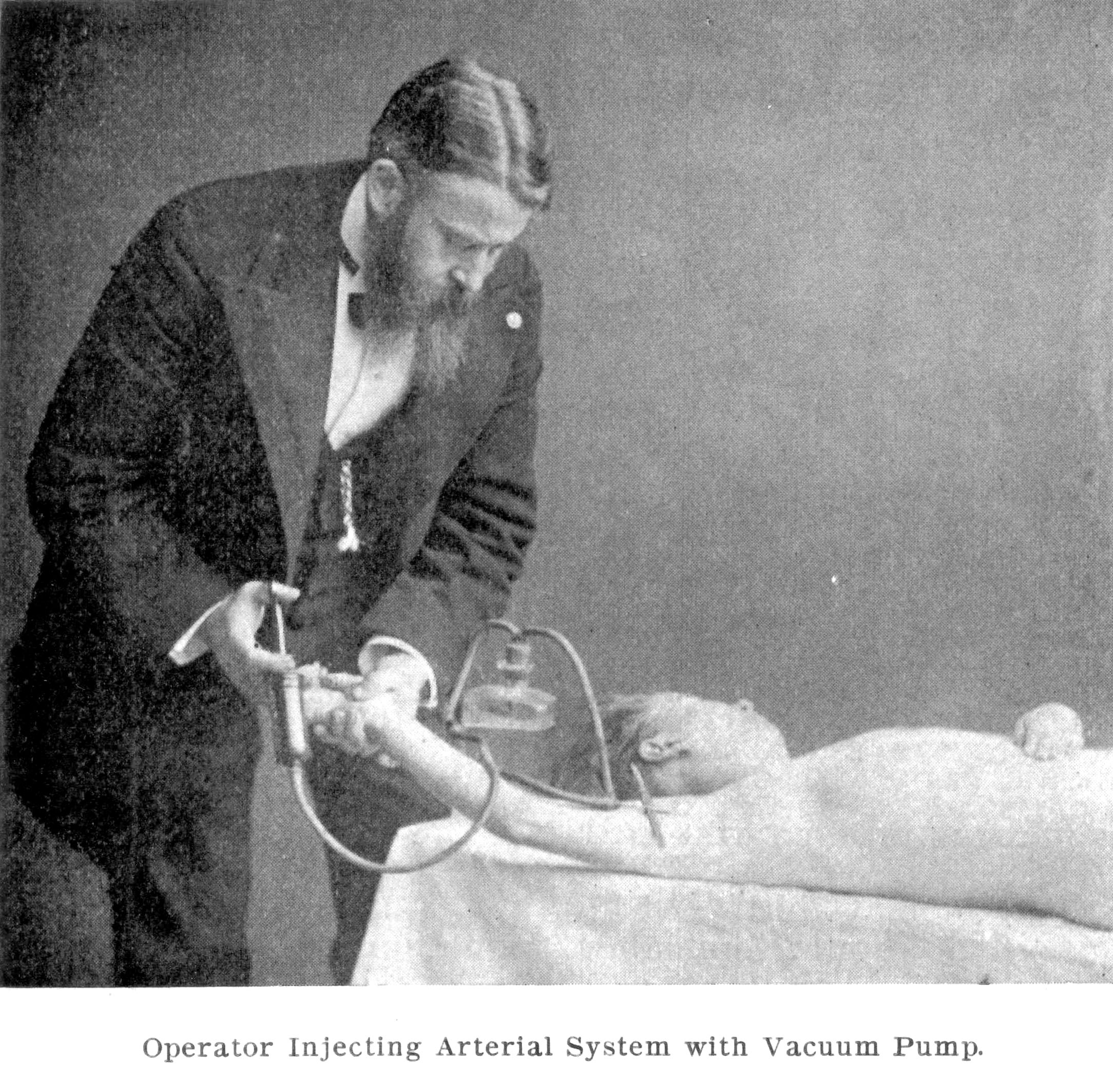
The Survivor Library
One the Media, WNYC Public Radio (2014 and 2015)
WNYC’s radio show On The Media is a constant source of solid information for the Death Reference Desk.
OTM has run the following story a few times and it’s worth listening to.
In a nutshell, a group of volunteers are creating something called the Survivor Library in the event a massive solar event ever takes down the electrical grid.
OTM explains:
In 1859, a solar storm threw an electromagnetic pulse at Earth so strong, it fried the telegraph system. A whole lot more is on the line now. Bob speaks with Rocky Rawlins of the Survivor Library about his preparations for getting zapped back to a time before computers and an electric grid.
In the interview, Rocky Rawlins explains that one of the industrial era technologies that the Survivor Library documents is 19th century embalming.
Death Ref can only hope that somehow everything we’ve done also contributes to the post-grid world!
Check out the library. In the dark. Alone.
Survivor Library, or…How to survive and prosper without Modern Technology
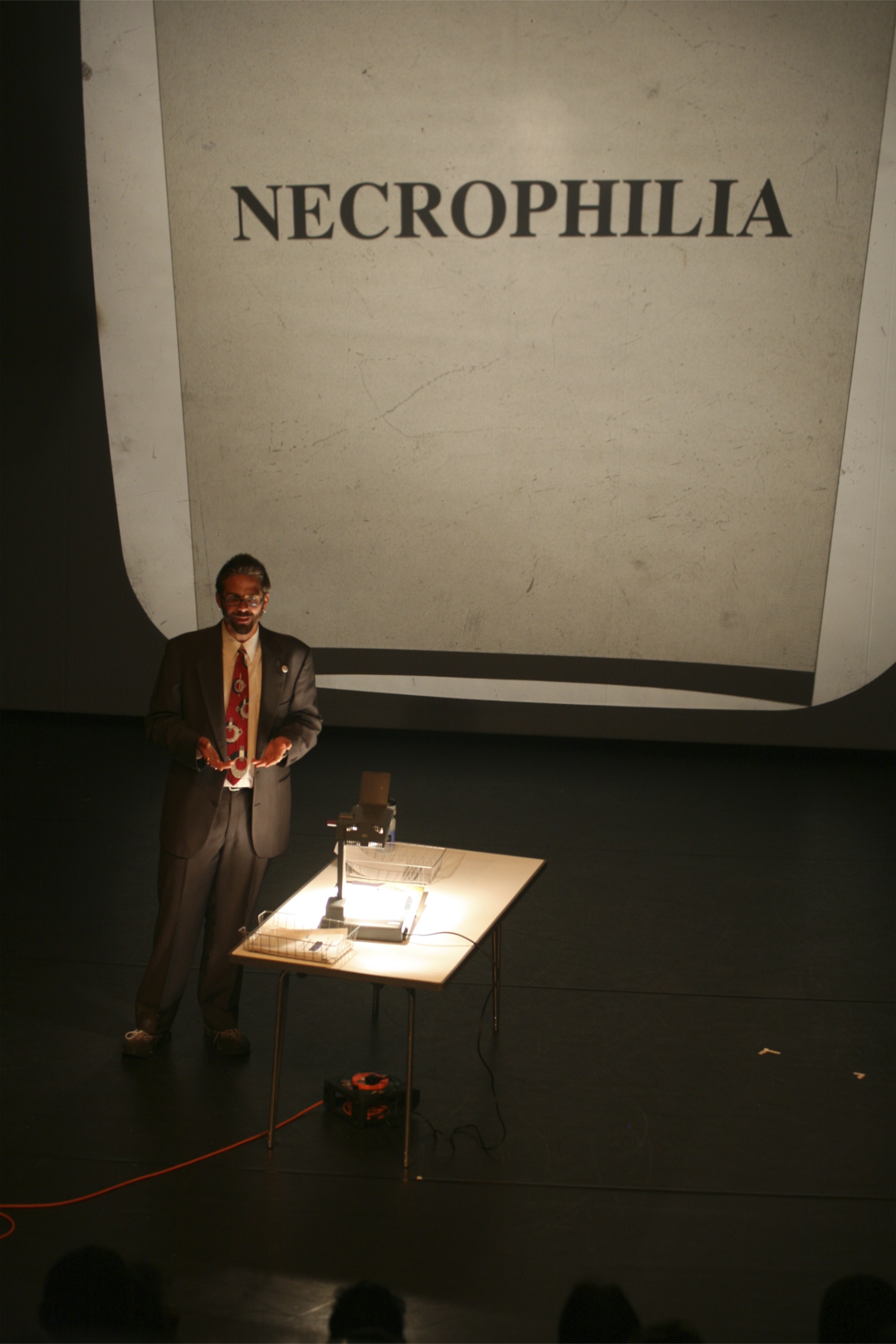
Abusing the Corpse Even More: Understanding Necrophilia Laws in the USA — Now with more Necro! And more Philia!
An Illustrated Lecture by Dr. John Troyer
Thursday, April 09, 2015
8:00 pm – 10:00 pm $8
Morbid Anatomy Museum
424A 3rd Ave
Brooklyn, NY 11215
Wisconsin (and Ohio…) are two states that just keep giving and giving when it comes to American necrophilia cases.
On April 09, Death Ref John is returning to the Morbid Anatomy Museum to give an updated talk on the current state of US necrophilia jurisprudence.
Abusing the Corpse Even More: Understanding Necrophilia Laws in the USA — Now with more Necro! And more Philia!
An Illustrated Lecture by Dr. John Troyer
It will be very exciting! We promise!
You can also click here to see April’s calendar on the Morbid Anatomy Museum website.
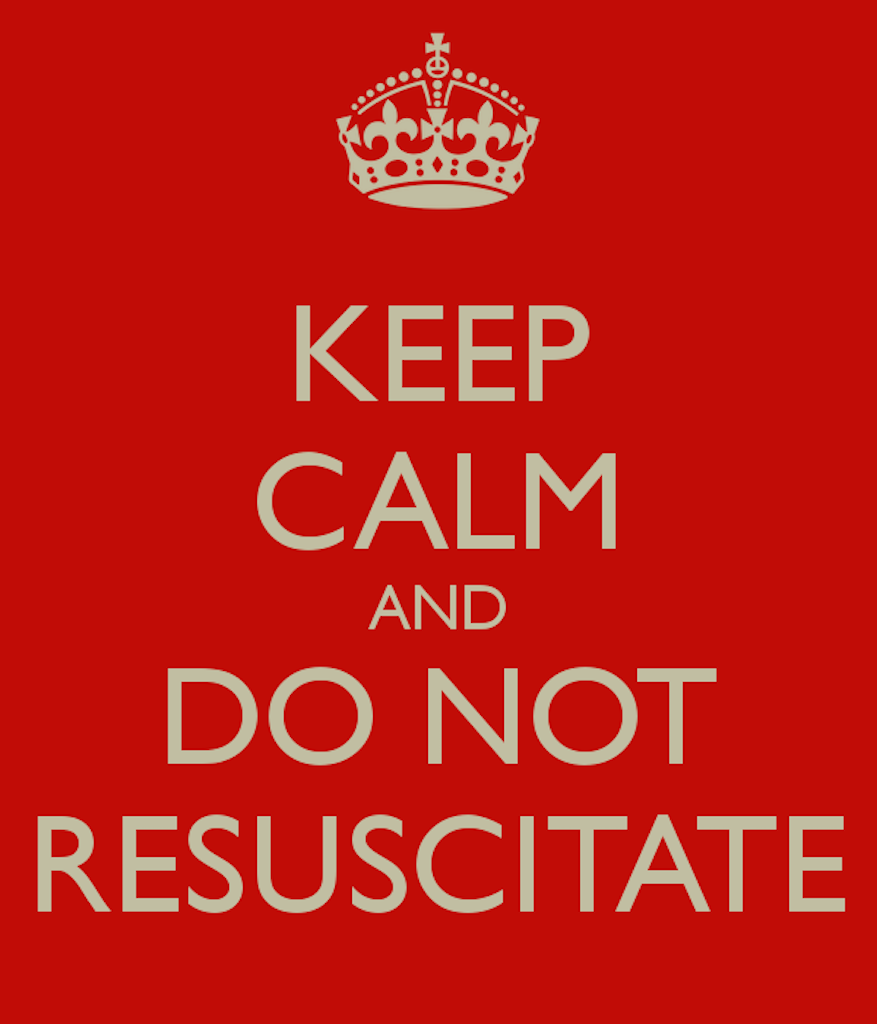
Dying Shouldn’t Be So Brutal
Ira Byock, New York Times (January 31, 2015)
Where is the public outrage over needless suffering at the end of life?
The New York Times has launched a new death and dying focused section for its Opinionator series called The End. No need to guess what The End will be about. All the news that fits to print now features:
…essays by people who work in fields dealing with death and dying, like medicine, ethics and religion, as well as personal essays by those who have experienced the death of a loved one.
It appears that the above essay by Ira Byock is The End’s first post and it’s really good. I’m hopeful that other essays for this series also tackle the politics of dying with such honesty.
Meg (Death Ref’s formatting guru and enforcer) reprimands me every time I quote long(ish) text from articles but I couldn’t resist this time. Here is a great section from Byock’s essay:
It’s high time we boomers shook off our post-menopausal and “low T” malaise and reclaimed our mojo. Remember Howard Beale, the fictional news anchor brilliantly portrayed by Peter Finch in the 1976 film “Network”? Fed up with the inequities of modern life, one night Beale exhorts viewers to go to their windows and yell, “I’m as mad as hell and I’m not going to take this anymore!” We’ll figure out the details later, he says; right now it’s time to yell. And, across the country, they do.
The persistently unsafe state of dying in America should provoke a Howard Beale moment. We’ll find solutions in various white papers and Institute of Medicine reports. First, we need outrage.
Byock also references the 1970’s hospice movement in his essay and I’m glad to see that. So much knowledge and awareness about 1970’s Death Movements has been forgotten and needs to be re-discovered. It was a moment in which choosing how to die became both personal and political.
Who knew that the Gray Lady recognised the need for something like The End. The Opinionator’s editors seem to respect and understand another of Byock’s crucial points from the essay: DYING is not easy, but it needn’t be this hard.
The Death Reference Desk will most certainly keep an eye on The End.
Cryogenic Preservation Is Changing What It Means to Be Dead
If you could freeze yourself until a future age, are you sure you’d want to?
Judith Shulevitz, The New Republic (July 27, 2014)
Good article in The New Republic on the uses (and abuses) of extreme cold technology for the nearly dead, almost dead, and very certainly completely dead.
Just remember: cryopreserving yourself for the future may one day be feasible (maybe), but is it desirable?
That’s the question.
Besides, the actor Timothy Hutton can only defend the rights of one defrosted humanoid during his lifetime.
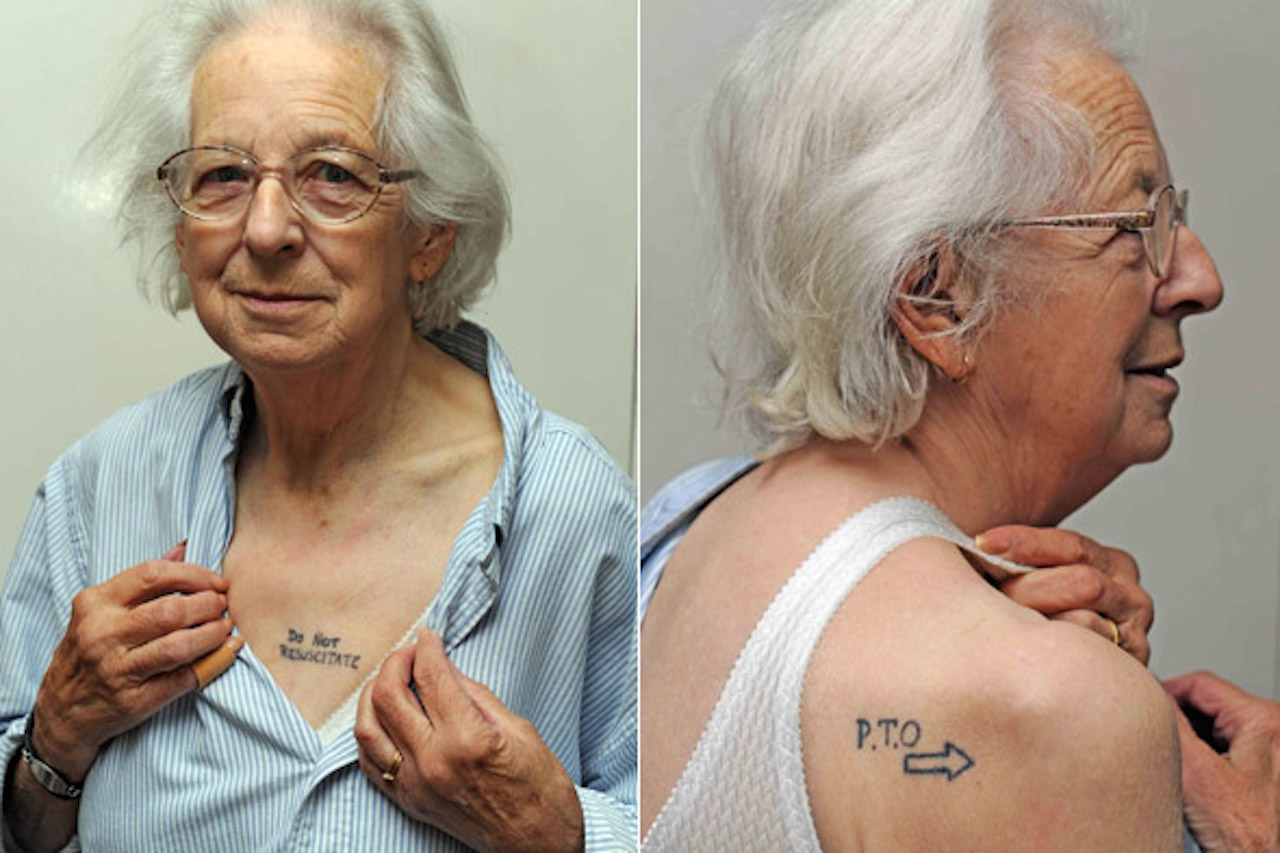
9 Things to Know About Reviving the Recently Dead
Greg Miller, Wired Magazine (July 30, 2014)
Great article in today’s Wired about research by Dr. David Casarett on methods used to revive, resuscitate, and bring back the dead. Casarett’s work is in his new book called Shocked: Adventures in Bringing Back the Recently Dead.
Interestingly, Greg Miller at Wired notes that:
Casarett is enthusiastic about the emerging technologies that are allowing doctors to save patients who would have been a lost cause in the very recent past. But these technologies come at a cost, he writes. They may restore life, but whether it’s a life worth living is another matter.
And while Casarett originally became a Doctor so that he could develop new technologies to bring back the dead, he’s now working in hospice and palliative care.
Sometimes staying dead is better than the ‘life’ a resuscitated person experiences.
The Death Reference Desk has featured a series of stories on the ins and outs of Do Not Resuscitate orders. And DNR tattoos. You can find those posts here.

Morbid Anatomy Museum
424A 3rd Ave
Brooklyn, NY 11215
During the month of August, I will be the Scholar in Residence at the Morbid Anatomy Museum in Brooklyn.
My residency includes a series of films about death that I specifically selected for the MAM. It also features illustrated lectures about my research on death, dying, and the dead body.
Quick clue for Death Ref’s close personal friends: the films and the talks complement each other.
More than anything, I’m really excited to spend August at the Museum.
The complete listing of films and talks is below.
You can also click here to see August’s calendar on the Morbid Anatomy Museum website.
Tales from the Celluloid Coffin: A Death-themed Series of Film Screenings
Mondays 8:00 pm – 11:00 pm $5
August 4: Death, Dystopia and Technology Circa 1970
August 11: Death, Color and Memory
August 18: Necrophilia
August 25: Future Death Circa 1990
Illustrated Lectures on Death, Dying, and the Dead Body
Wednesdays 8:00 pm – 11:00 pm $8
August 6: Future Dead Body Technology
August 13: Morbid Ink: The Permanence of Memorial Tattoos
August 20: Abusing the Corpse: Understanding Necrophilia Laws in the USA
August 27: The Future is Death and Death is the Future: Technology, Politics, and the Dead Body
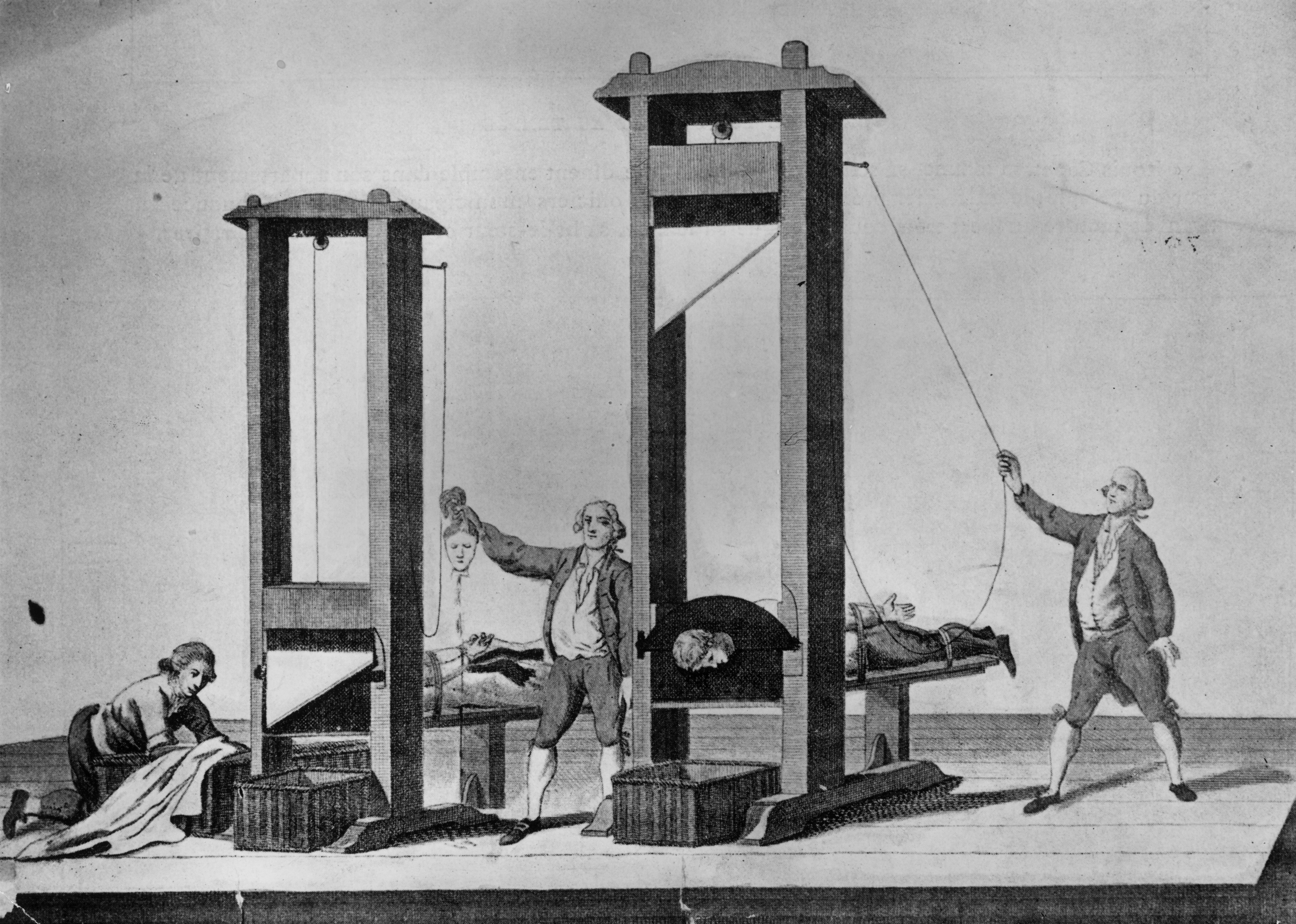
From America’s Busiest Death Chamber, a Catalog of Last Rants, Pleas and Apologies
Manny Fernandez, The New York Times (June 29, 2013)
Texas has executed 500 inmates since 1982 and posts the final statements of those men and women on a public Web site, revealing a glimmer of humanity behind the numbers.
Last Words of Prisoners on Death Row
Will Coldwell, The Guardian (July 2, 2013)
Since reinstating ‘ultimate justice’ in 1982, the state of Texas has kept a record of the final statements of condemned prisoners. Here are some of the most memorable.
Why the Death Penalty Is Doomed
Jesse Wegman, The New York Times (July 24, 2014)
No Seconds
Henry Hargreaves Photo Reconstructions of Final Meals
America’s use of the Death Penalty was in the news again this week.
Here is a quick snapshot of some articles from last year on death row prisoners’ final statements.
I’ve also included a New York Times Taking Note blog piece by Jesse Wegman on a fascinating legal argument by a Judge who supports the death penalty but thinks that ultimately the practice will end. Why? Because the idea of a ‘humane death’ is proving increasingly difficult to maintain and returning to the guillotine (which worked very well) isn’t feasible.
Finally, photographer Henry Hargreaves’ reconstructions of final meals on death row are hard to forget. Something about the everydayness of the food makes the images stick in your memory.
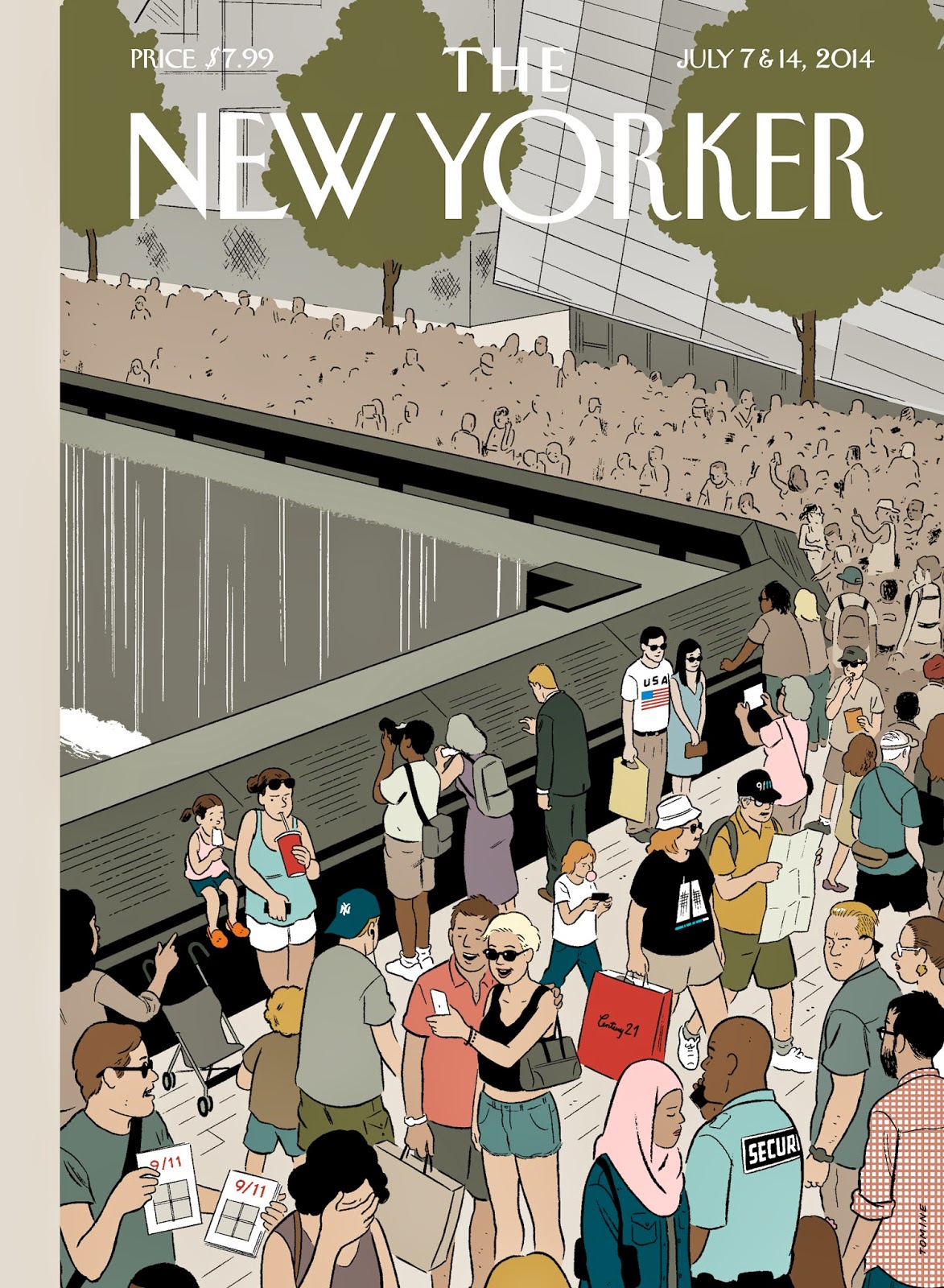
Selfies from the 9/11 Memorial
Leah Finnegan, The Awl (July 21, 2014)
Let us begin Day 22 of the 31 Days of Death posts with an immediate thought: Of course people are taking Selfies at the 9/11 Memorial. Even if photography was banned at the site, people would still sneak Selfies. Why? Because the expression ‘photos or it didn’t happen’ is both a joke and a serious sentiment. How does a person document, not just a visit to a place, but actually show that he or she was really, truly in that specific spot? Answer: with a Selfie; the kind of photo that an individual can autonomously take without having to ask a complete stranger (since that would be weird) to snap a picture.
You want proof that I personally experienced this amazing unforgettable Memorial space? Then here you go– a Selfie of me #standingstrong.
The entire reason that this is a story, and analysed extremely well by Leah Finnegan on The Awl, is the 9/11 Memorial’s inclusion. But for the events of September 11, 2001 and the ensuing struggle to actually build a memorial in lower Manhattan, these Selfies could be in almost any major city’s downtown landscape featuring enormous urban waterfalls.
I have a hunch that the 9/11 Memorial Selfies story is going to unleash a fury of responses, not unlike last year’s Selfies at Funerals brouhaha (which Death Ref covered in-depth).
After a while, then, the shouting (or really really really self-righteously indignant tweeting) will cease and people will continue taking Selfies at the 9/11 Memorial. Until people stop visiting the Memorial and even forget why it’s there. This won’t occur in my lifetime, but it will most certainly happen. #nofilter
The Memorial and Museum have both come under criticism for many different reasons. I visited the 9/11 Memorial site in April 2014 (alas, no Selfies…) and it’s a memorial, yes, but a memorial surrounded by a police state. The metal detectors, the armed police officers watching the crowds hustled through entrance areas surrounded by barbed wire, and the high metal fences that encase the entire site in an unwelcoming embrace are my strongest memories.
When the 9/11 Museum opened this spring it generated immediate criticism for daring to have a giftshop. Again, of course the 9/11 Museum has a giftshop. And even a Cafe.
In fact, I bet people take Selfies at the 9/11 Memorial and Museum Giftshop and Cafe. #NomNom!
New Yorker staff writer Adam Gopnik’s essay on the Memorial and Museum is one of the best pieces that I’ve read about the site’s complicated politics. I highly recommend it.
Adrian Tomine created the cover for that particular New Yorker issue (July 7 & 14, 2014) and calls it “Memorial Plaza.” The cover is at the top of the page and I think that I’m violating several copyright laws by using it, but Tomine truly captures the visual human experience of the 9/11 Memorial.
Indeed, a couple is taking a Selfie front and center. #NeverForget
Uniform Fiduciary Access to Digital Assets Act Approved
A new act approved today by a national law group provides comprehensive provisions governing access to digital assets. The Uniform Fiduciary Access to Digital Assets Act (UFADAA) was approved by the Uniform Law Commission (ULC) at its 123rd Annual Meeting in Seattle
Uniform Law Commission Press Release (July 16, 2014)
The Death Reference Desk has been so busy this week with all things assisted dying that we missed an important development in the digital death world.
Earlier this week, the Uniform Law Commission approved a new model law that allows access to digital assets, i.e., photos, documents, social media accounts, etc., by a person other than the original owner if an executor is named.
The ULC develops proposed legislation for potential use by all 50 US States. This particular bill is important for anyone thinking about who or whom will have access to your digital files, assets, properties, e-mails, photos, etc., after you die.
We’ve only got the press release to work from right now, which isn’t ideal, but there will more to come about the ULC’s approval.
The approved bill is summed up this way:
In the modern world, digital assets have largely replaced tangible ones. Documents are stored in electronic files rather than in file cabinets. Photographs are uploaded to web sites rather than printed on paper. However, the laws governing fiduciary access to these digital assets are in need of an update.
The Uniform Fiduciary Access to Digital Assets Act [UFADAA] solves the problem using the concept of “media neutrality.” If a fiduciary would have access to a tangible asset, that fiduciary will also have access to a similar type of digital asset. UFADAA governs four common types of fiduciaries: personal representatives of a deceased person’s estate; guardians or conservators of a protected person’s estate; agents under a power of attorney; and trustees.
But don’t worry, if you want to hide embarrassing e-mail messages or make sure that no one knows about your online shenanigans (we’re not judging) then this proposed legislation covers those situations too.
Just remember: if you don’t want the kids to know about it, then don’t do it online.
You can read the bill here.
Unless, of course, we’re all just living in a digital simulation.